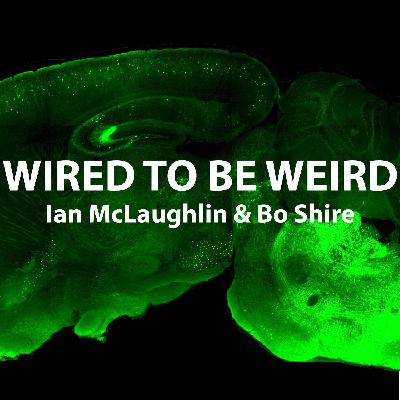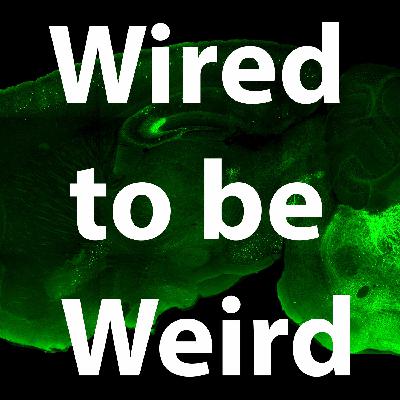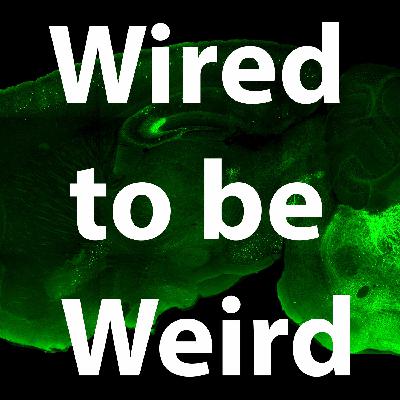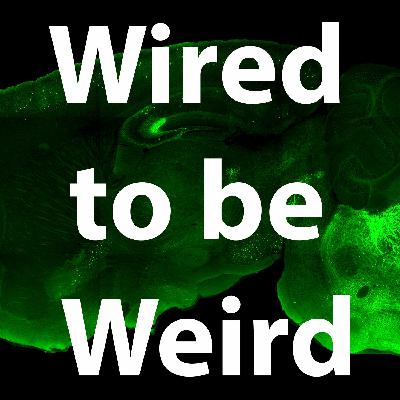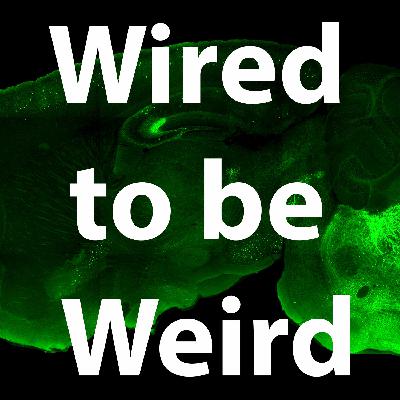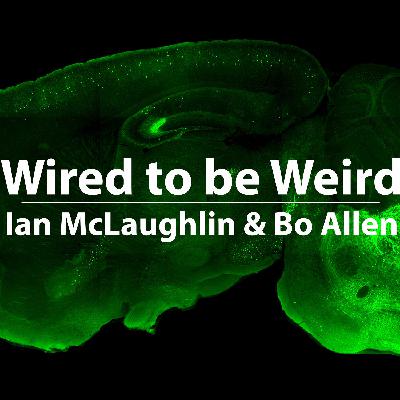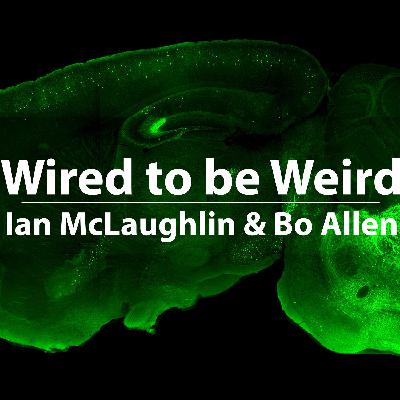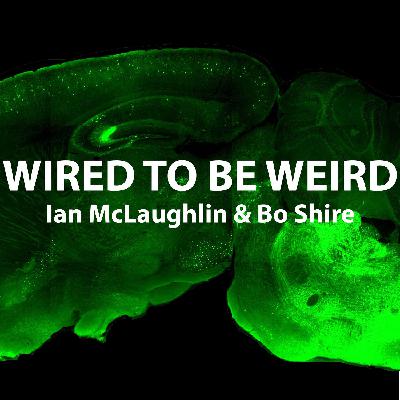What is anxiety? Part 2
Update: 2016-06-13
Description
<figure class="
sqs-block-image-figure
intrinsic
">

</figure>
<figure class="
sqs-block-image-figure
intrinsic
">

</figure>
<figure class="
sqs-block-image-figure
intrinsic
">
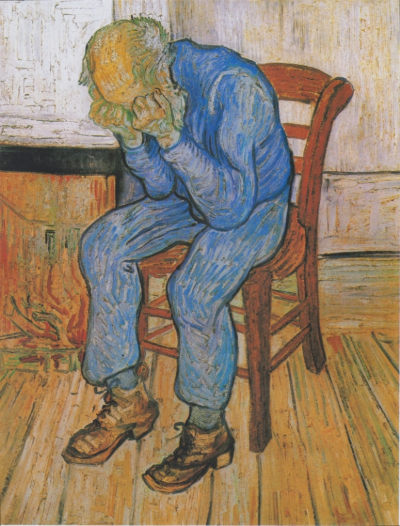
<figcaption class="image-caption-wrapper">
</figcaption>
</figure>
sqs-block-image-figure
intrinsic
">
</figure>
<figure class="
sqs-block-image-figure
intrinsic
">
</figure>
<figure class="
sqs-block-image-figure
intrinsic
">

<figcaption class="image-caption-wrapper">
Vincent Van Gogh - Sorrowing Old Man (At Eternity's Gate) 1890
</figcaption>
</figure>
We go into significantly more detail regarding some of what we know about how circuits in the brain encode anxiety and fear. This involves a discussion of how brain structures really interact with one another. We also delve into the relationships between genetics, epigenetics, and emotion.
References used (same as last episode):
- Waraczynski M. Toward a systems-oriented approach to the role of the extended amygdala in adaptive responding. Neurosci Biobehav Rev. 2016 May 20. pii: S0149-7634(15)30162-7. doi: 10.1016/j.neubiorev.2016.05.015. [Epub ahead of print] Review. PubMed PMID: 27216212.
- Nestler EJ. Transgenerational Epigenetic Contributions to Stress Responses: Fact or Fiction? PLoS Biol. 2016 Mar 25;14(3):e1002426. doi: 10.1371/journal.pbio.1002426. eCollection 2016 Mar. PubMed PMID: 27015088; PubMed Central PMCID: PMC4807775.
- Nestler EJ, Peña CJ, Kundakovic M, Mitchell A, Akbarian S. Epigenetic Basis of Mental Illness.Neuroscientist. 2015 Oct 8. pii: 1073858415608147. [Epub ahead of print] Review. PubMed PMID: 26450593; PubMed Central PMCID: PMC4826318.
- Anacker C, Scholz J, O'Donnell KJ, Allemang-Grand R, Diorio J, Bagot RC, Nestler EJ, Hen R, Lerch JP, Meaney MJ. Neuroanatomic Differences Associated With Stress Susceptibility and Resilience. Biol Psychiatry. 2016 May 15;79(10):840-9. doi: 10.1016/j.biopsych.2015.08.009. Epub 2015 Aug 18. PubMed PMID: 26422005.
- Dietz DM, Laplant Q, Watts EL, Hodes GE, Russo SJ, Feng J, Oosting RS, Vialou V, Nestler EJ.Paternal transmission of stress-induced pathologies. Biol Psychiatry. 2011 Sep 1;70(5):408-14. doi: 10.1016/j.biopsych.2011.05.005. Epub 2011 Jun 16. PubMed PMID: 21679926; PubMed Central PMCID: PMC3217197.
- Myers B, Scheimann JR, Franco-Villanueva A, Herman JP. Ascending mechanisms of stress integration: Implications for brainstem regulation of neuroendocrine and behavioral stress responses. Neurosci Biobehav Rev. 2016 May 18. pii: S0149-7634(16)30092-6. doi: 10.1016/j.neubiorev.2016.05.011. [Epub ahead of print] Review. PubMed PMID: 27208411.
- El Zein M, Wyart V, Grèzes J. Anxiety dissociates the adaptive functions of sensory and motor response enhancements to social threats. Elife. 2015 Dec 29;4. pii: e10274. doi: 10.7554/eLife.10274. PubMed PMID: 26712157; PubMed Central PMCID: PMC4868536.
- Tovote P, Fadok JP, Lüthi A. Neuronal circuits for fear and anxiety. Nat Rev Neurosci. 2015 Jun;16(6):317-31. doi: 10.1038/nrn3945. Review. Erratum in: Nat Rev Neurosci. 2015 Jul;16(7):439. PubMed PMID: 25991441.
Comments
In Channel

